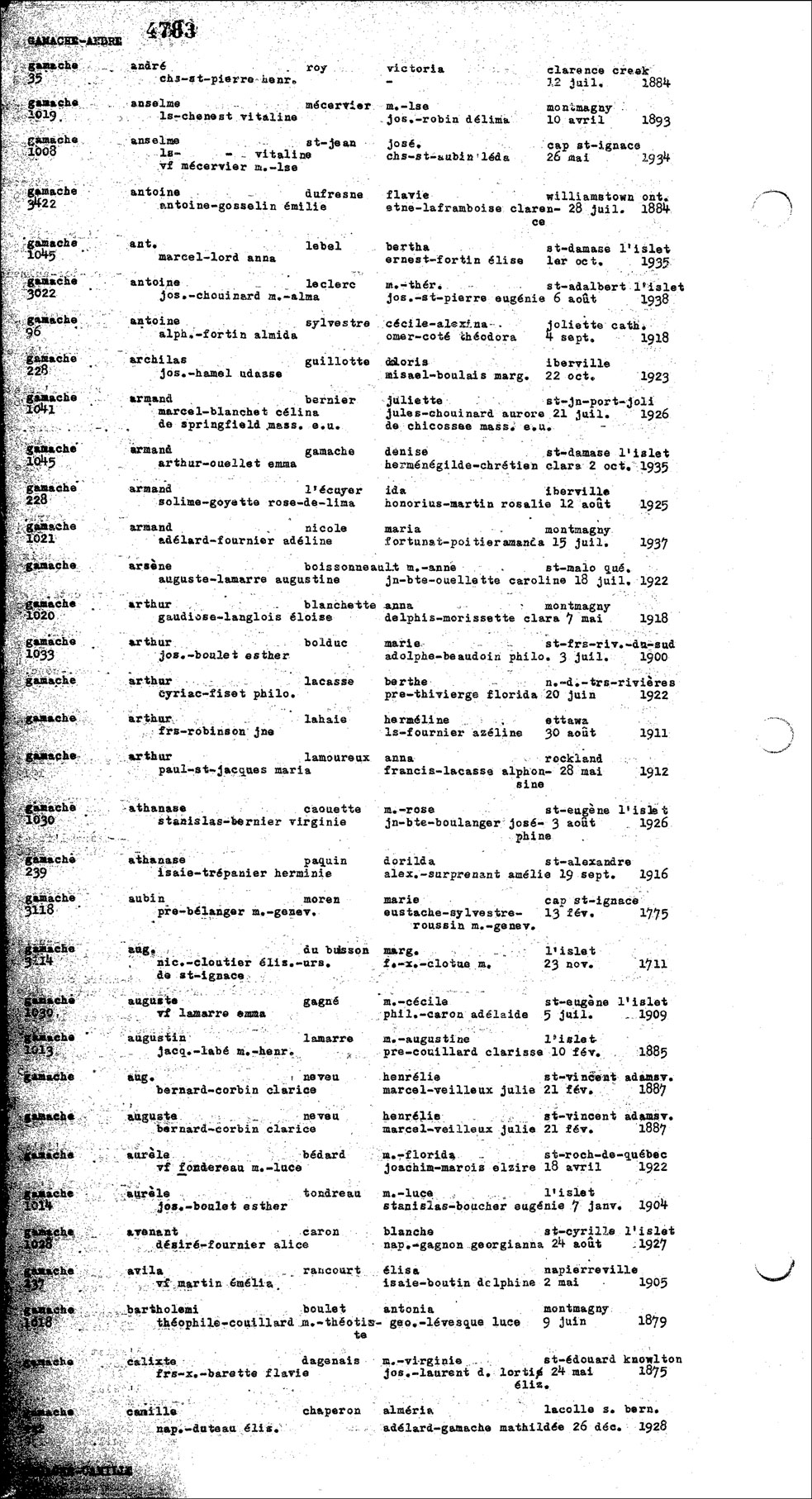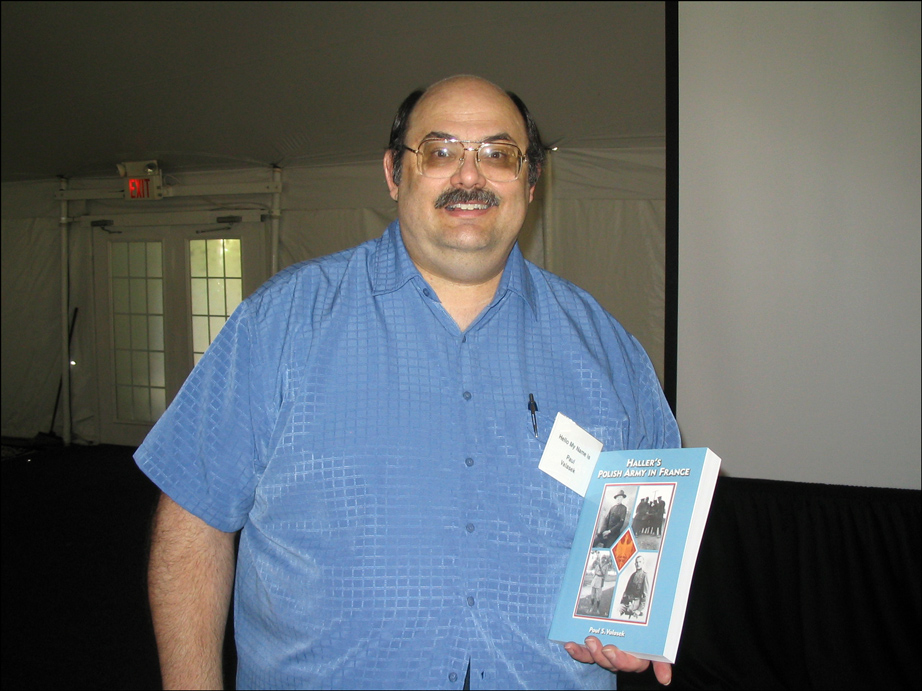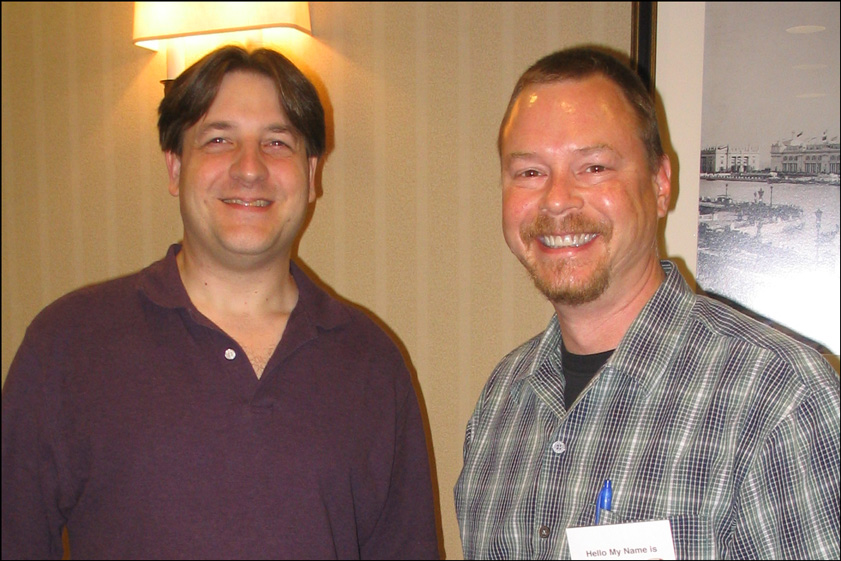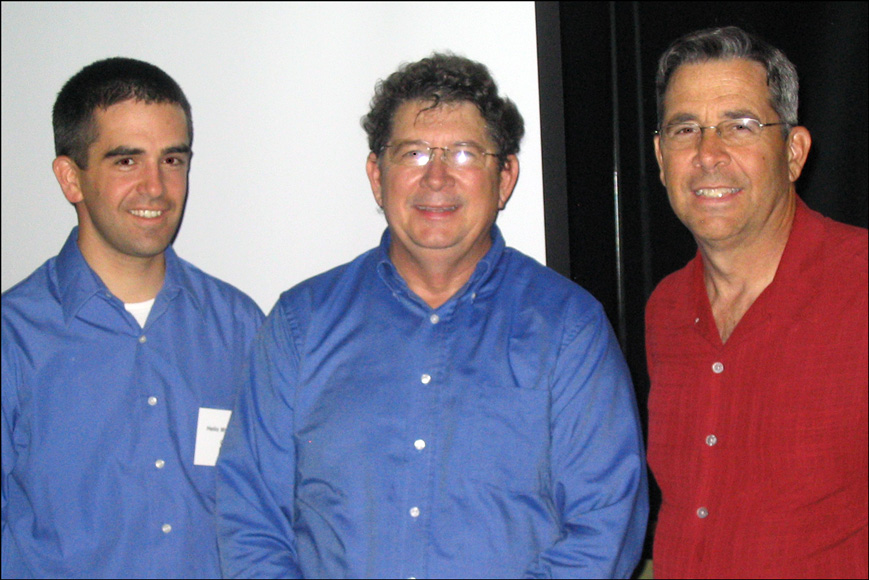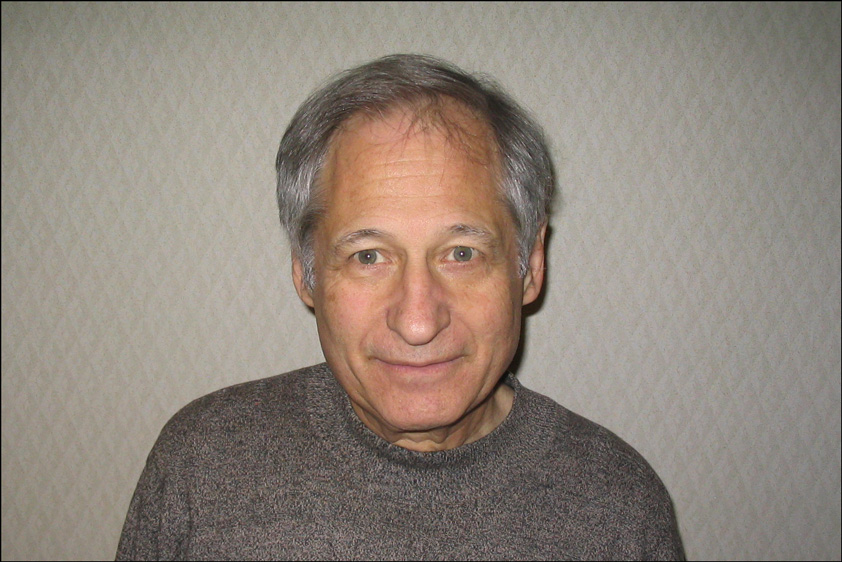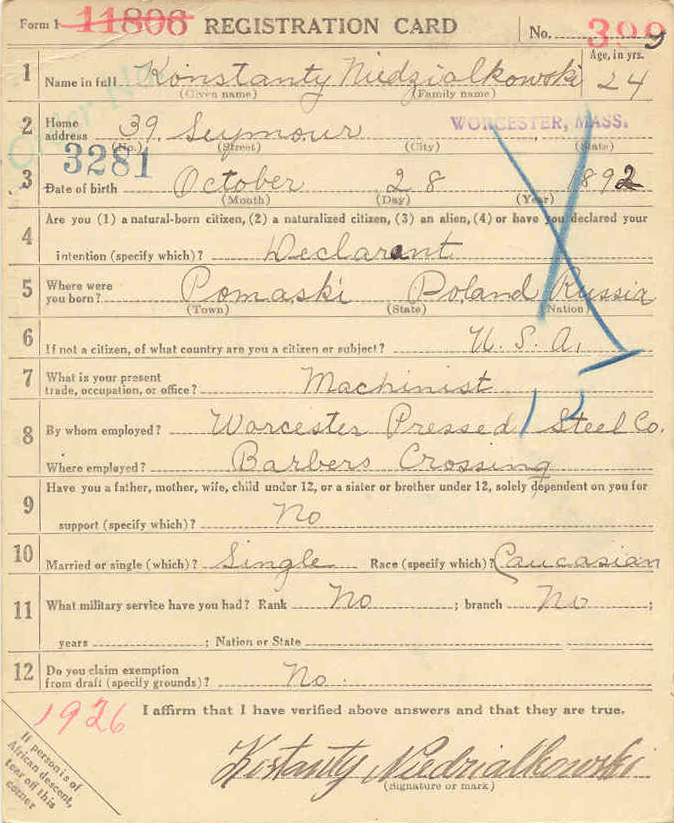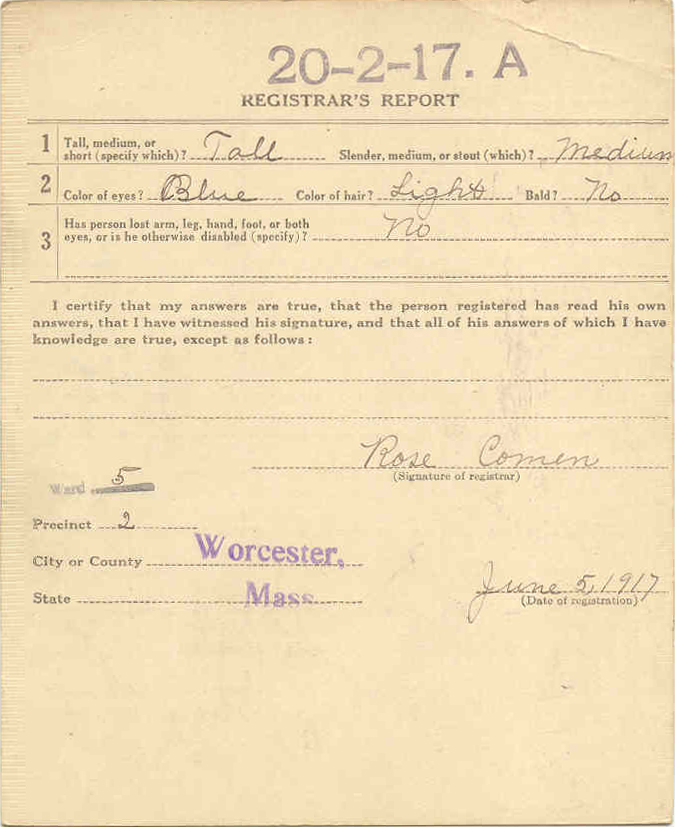The Drouin Institute microfilmed all vital records in Quebec up through about 1940 (later in some areas). The microfilms include records for all religious denominations and even include some places in Ontario, Nova Scotia, New Brunswick, and places in the United States where French Canadians lived.
In addition to microfilming the actual records, the Drouin Institute indexed the marriages by the groom’s name in one series and by the bride’s name in another series. These indexes are known as the Blue Drouin, so-called because early editions of the indexes were bound in blue covers . They are also known as ReÌpertoire alphabeÌtique des mariages des Canadiens français, 1760 aÌ€ 1935 or as La Masculine and La Feminine. The indexes were compiled in two groups, each covering a different time period. The first group covers the years 1760-1865 and the second group covers 1865-1935. In some cases, marriages missed in the 1760-1865 indexes are included in the 1865-1935 indexes.
The Blue Drouin is available in book format or on microfiche at many libraries, including the Family History Library, the New England Historic Genealogical Society, Bibliotheque Nationale du Quebec, La Maison de la Genealogie, Université Laval Bibliothí¨que, Library and Archives Canada, and the Connecticut State Library.
SOURCE: Institut geÌneÌalogique Drouin. ReÌpertoire alphabeÌtique des mariages des Canadiens français, 1760 aÌ€ 1935: ordre masculin. Longueuil: Institut geÌneÌalogique Drouin, microfiche, series 1865-1935.
This page is from the 1865-1935 series of grooms’ names. In this series, IÂ unexpectedly found the marriage for one couple I was researching, even though the marriage occurred in 1775.
SOURCE: Institut geÌneÌalogique Drouin. ReÌpertoire alphabeÌtique des mariages des Canadiens français, 1760 aÌ€ 1935: ordre masculin. Longueuil: Institut geÌneÌalogique Drouin, microfiche, series 1865-1935, Aubin Gamache-Marie Morin.
The index shows the following information:
Number of Microfilm with Original Record: 3118
Name of Groom: Aubin Gamache
Name of Groom’s Father: Pierre Gamache
Name of Groom’s Mother: Marie Genevieve BelangerName of Bride: Marie Moren
Name of Bride’s Father: Eustache Sylvestre
Name of Bride’s Mother: Marie Genevieve RoussinPlace of Marriage: Cap St. Ignace
Date of Marriage: 13 Feb 1775
These indexes frequently abbreviate names, include all information in lower case, and employ frequent hyphenation. The surnames of the fathers are usually omitted, unless the surname is different from the participant.
The following abbreviations appear in this particular record:
-
pre = Pierre
-
m.= Marie
-
genev. = Genevieve
-
fev. = Fevrier = February
-
st = Saint
One feature of this index record that confuses me is that the bride’s name is listed as Marie Morin, while the baptismal records for her children listed her name as Marie Genevieve Sylvestre. The Sylvestre surname is confirmed by the name of the father in the index. Does this mean that Marie Genevieve was previously married to someone with the surname Morin?
I had intended to enter this article in the most recent Carnival of Genealogy but, due to computer problems, I was unable to access the images I’ve included here. The best-laid plans of mice and men…
Copyright © 2007 by Stephen J. Danko

